If you want to be healthy, limit fried foods. This includes pan-fried meat including fish, deep-fried food including hot chips (fries) and other deep-fried vegetables like tempura. This rule does not include stir-frying in a dash of oil for a very short time. Fried foods are simply a disaster for health on several levels. In this post, I look at what are some of the main problems with fried foods.
Frying food is unhealthy in two main ways. Firstly, the oil itself affects our health in negative ways. Secondly, the high heat damages the food being cooked. This, in turn, damages our health.
The Oil – calories issues
Oil is one of the highest calorie foods in existence.
One tablespoon of oil – any sort – equals about 120 calories of energy. In Australia, the metric unit of energy is the kilojoule. I’m choosing to use calories because it is easier to remember smaller numbers, rather than larger numbers.
In a nation where obesity and weight problems are endemic – meaning ⅔ of the population struggles with their weight – it is vital that we identify where hidden calories are coming from. Weight loss is a complex issue that involves calories in and calories out at its essence. Beneath that are a multitude of social, psychological, metabolic/hormonal and cultural issues which all weigh into the problem. It’s not just a matter of eating fewer calories and weight drops off. However, calories DO matter – and they matter a LOT.
Oil is calories – and it is a lot of calories. It is also a food which adds next to no nutritional benefit, other than helping healthier foods slide down more easily.
Practicalities of oily calories
To put it into perspective, if a sedentary woman needs around 1400 calories a day to stay the same weight, that may mean around 350 calories at each of 3 meals, plus 350 calories left for snacks/drinks outside of meals.
It is not uncommon to find people adding three tablespoons of oil to a large salad – which they are eating in the hope of getting healthier.
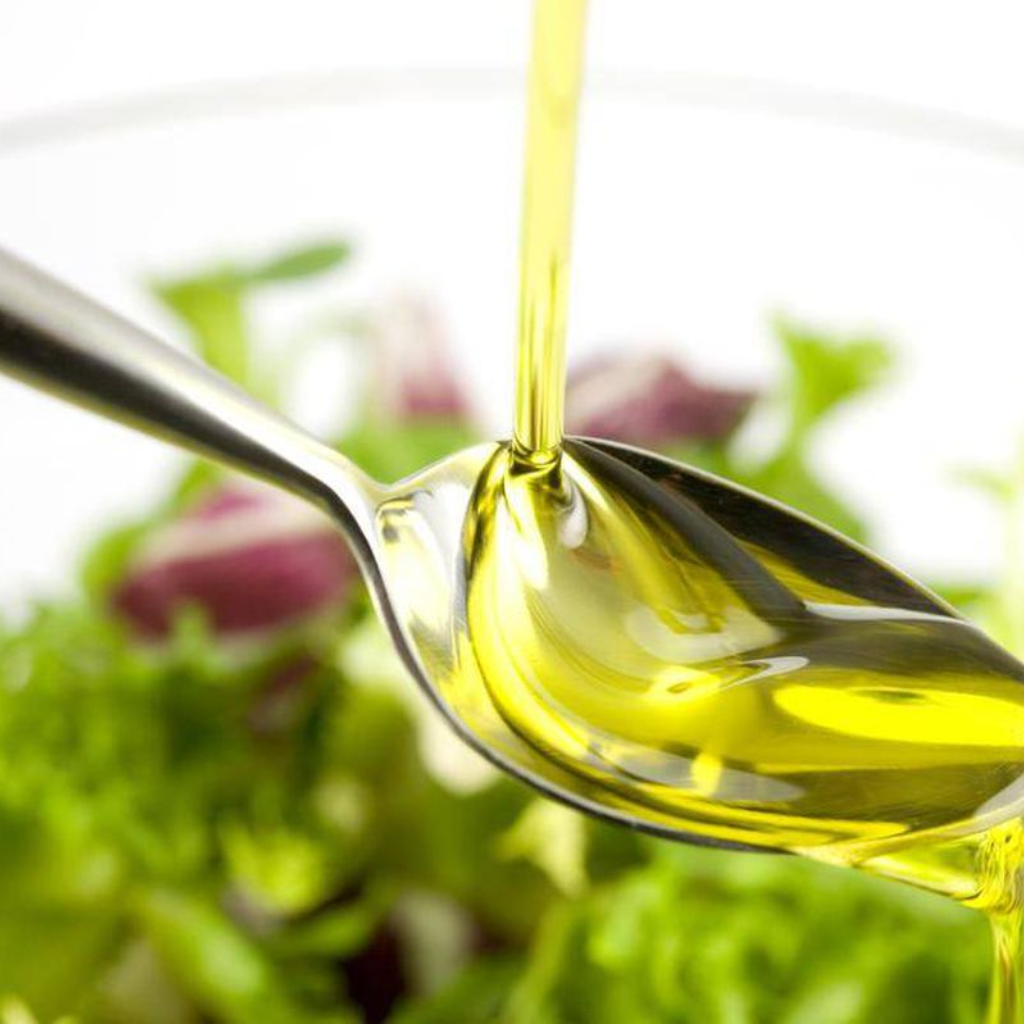
The salad vegetables themselves may only have 150 calories. But the oil is already at 360 calories. Meat, salmon, tofu or beans has not yet been added to the salad to keep you going till mid-afternoon. In one meal alone, a person has totally blown out their calorie goals; unless they eat like a sparrow for the rest of the day (with the hunger – craving cycle setting them up for a fall) – they will gain weight if this pattern continues.
The problem with frying in oil is the same as the problem with salad oil. In a salad, a person fails to notice the oil – and with fried food, the eater fails to notice the oil – which has now coated the food as well as soaked right into it.
Even if the fried food does not appear greasy, you can be certain – it is carrying a lot more calories than the food you know you are eating.
And this is a real problem in a nation of people struggling with their weight. Cutting out all fried foods or limiting them to rare occasions only can make a positive difference for weight loss.
The Oil – animal fats problems
In the past, animal fats like lard, beef dripping and mutton fat were common cooking fats. They added flavour to fried foods. Foods containing saturated fats were more stable at the cellular level – meaning the fatty acids in them did not damage so easily at high heats, becoming rancid and damaging for health.
These days we know about the inflammatory nature of saturated fats in our bodies, so fish and chip shops and many restaurants have switched, in the last 40 years, to using vegetable oils.
End of problem.
Actually, no.
Even if your hot chips are not deep-fried in animal fat, the steak you pan fry at home is. So is the roast lamb. You may use a non-stick pan or just a spray of olive oil to your pan or roasting dish. But as the meat warms up, the saturated fats in the meat melt out – into the pan or roasting dish, and heat up to sear the meat. So whether you cooked in saturated fat or not – by the time you eat the meat – they are there, as if you cooked with them.
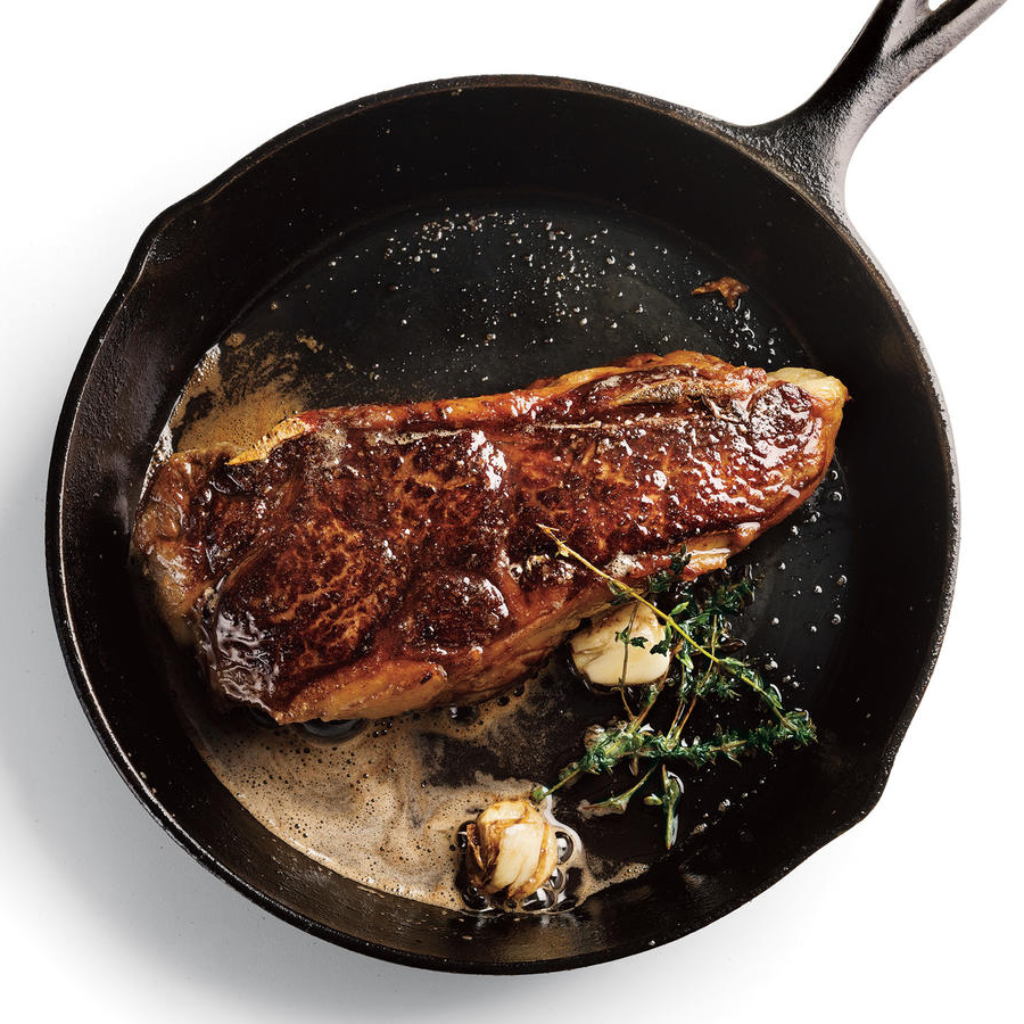
Here’s the problem: a good deal of scientific evidence suggests that saturated fatty acids (found primarily in animal foods and coconut oil) induce inflammation in our bodies. They do this by promoting an endotoxin called lipopolysaccharide (LPS) in the gut, by affecting the gut flora (bacteria in our gut). This LPS can then enter the bloodstream where it stimulates immune cells. This leads to an inflammatory response. And this inflammatory response is believed to be central to the development of many of the chronic diseases seen in our society. You can read more about how these fatty acids cause inflammation <here>.
The Oil – vegetable fats problems
To get away from using animal fats with all these built-in problems, the food industry turned to wider use of vegetable fats. After all, using canola oil, cottonseed oil, palm oil, semi-refined sunflower seed oil and others, means we can avoid the inflammatory response associated with saturated fats, because these oils are mostly polyunsaturated fats. They have a different chemical makeup which means our bodies react differently to them.
The problem with using polyunsaturated oils is that their shelf-life is notoriously unstable. This mean is ‘goes off’ and becomes rancid very fast.
Humans have this built-in warning system of dangerous food; if a food smells bad or tastes off – don’t eat it – and we don’t want to! This is a warning sign that it’s possibly dangerous to eat.
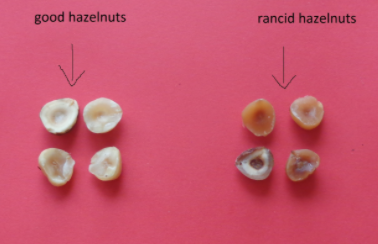
Have you ever cracked a pecan nut or macadamia from its shell with a rancid nut in it? Maybe you popped it in your mouth without thinking – only to spit it straight back out? The fats are damaged, maybe the shell was split and oxygen had got to it. That’s what happens to these oils.
Processing vegetable fats
To make vegetable oils shelf-stable, they must be processed. The main process used is hydrogenation which is a several step process carried out in a large factory. By the end of the process, the chemical makeup of the oils has changed – to be more like the shelf-stable saturated fat.
But not quite.
Now, when heated, it is even worse! When exposed to high heat, it changes to what we call a trans fat, which makes saturated fat with all its problems look like the fairy godmother.
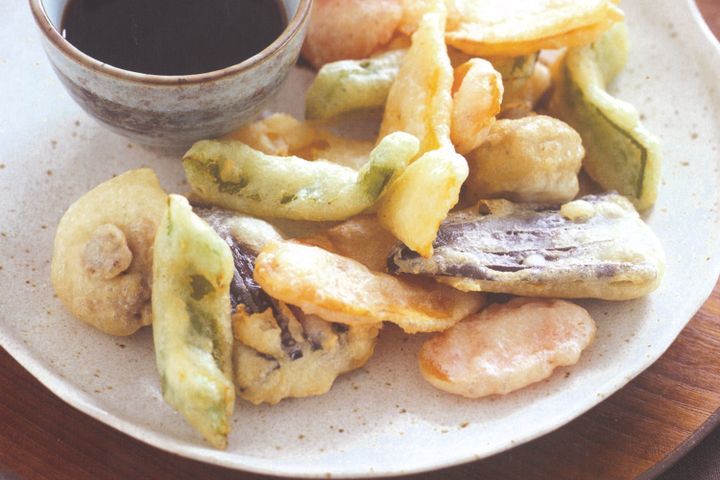
Our bodies can’t break down trans fats properly, and as they go through various pathways in our bodies, our risk of developing many diseases increases exponentially. Diseases linked to trans fats are cardio-vascular diseases, Type 2 diabetes, obesity and even cancer. You can read more about the association of fat with Type 2 diabetes <here>.
Once these trans fats lodge in our intra-muscular fat, they are hard to dislodge. They keep on causing inflammation indefinitely.
Our bodies are always trying to heal us – always trying to clean out bad stuff – but if we keep putting it in, there’s no way naturally that we can get well. To eat NO trans fats, we need to eat no baked goods cooked with any vegetable oils and no foods cooked in vegetable oil.
What frying does to meat
Chemical changes occur in meat when it reaches high temperatures. This happens in red meat as well as poultry and in fish.
A contaminant called a polycyclic aromatic hydrocarbon (PAH) is one of these chemical changes that occur. These chemicals form when a carbon-based material (which meat is) burns. PAHs can damage DNA and some cause cancer. Frying is a sure-fire way to produce these PAHs as high heat is required.
Other carcinogenic and mutagenic chemicals form when amino acids and creatine reach high temperatures together. These chemicals are called heterocyclic amines. They form when the meat is overcooked or blackened. This is typical of pan-frying, as well as BBQing and grilling.
What frying does to plant foods
What about frying vegetables?
When the sugars that are in all plant foods react with an amino acid in the food under high temperatures, acrylamide forms. This is a typical reaction in baked goods and starchy vegetables. Acrylamide has proven carcinogenic in animal trials, but not in human trials at this stage. So for now, frying of vegetables MAY be safe, but it is not certain yet.
Summing Up
In an environment where most people are struggling with weight and a growing number have chronic diseases, just cutting out fried foods or keeping them for rare occasions can be a huge step in the right direction. There are so many safer and more healthy cooking methods – minimum-oil baking, microwaving, (quick) stir-frying, stewing, pressure-cooking, slow cooking, boiling/braising, baking ‘en papier’ and ‘frying’ in stock – not oil – to mention a few methods.
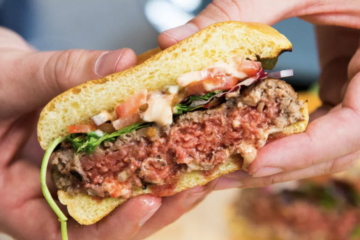
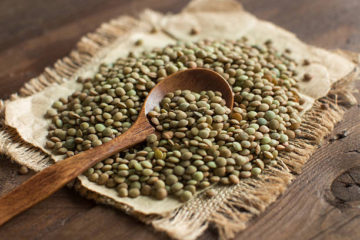
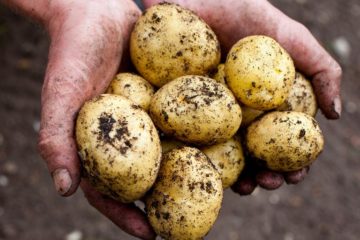
0 Comments